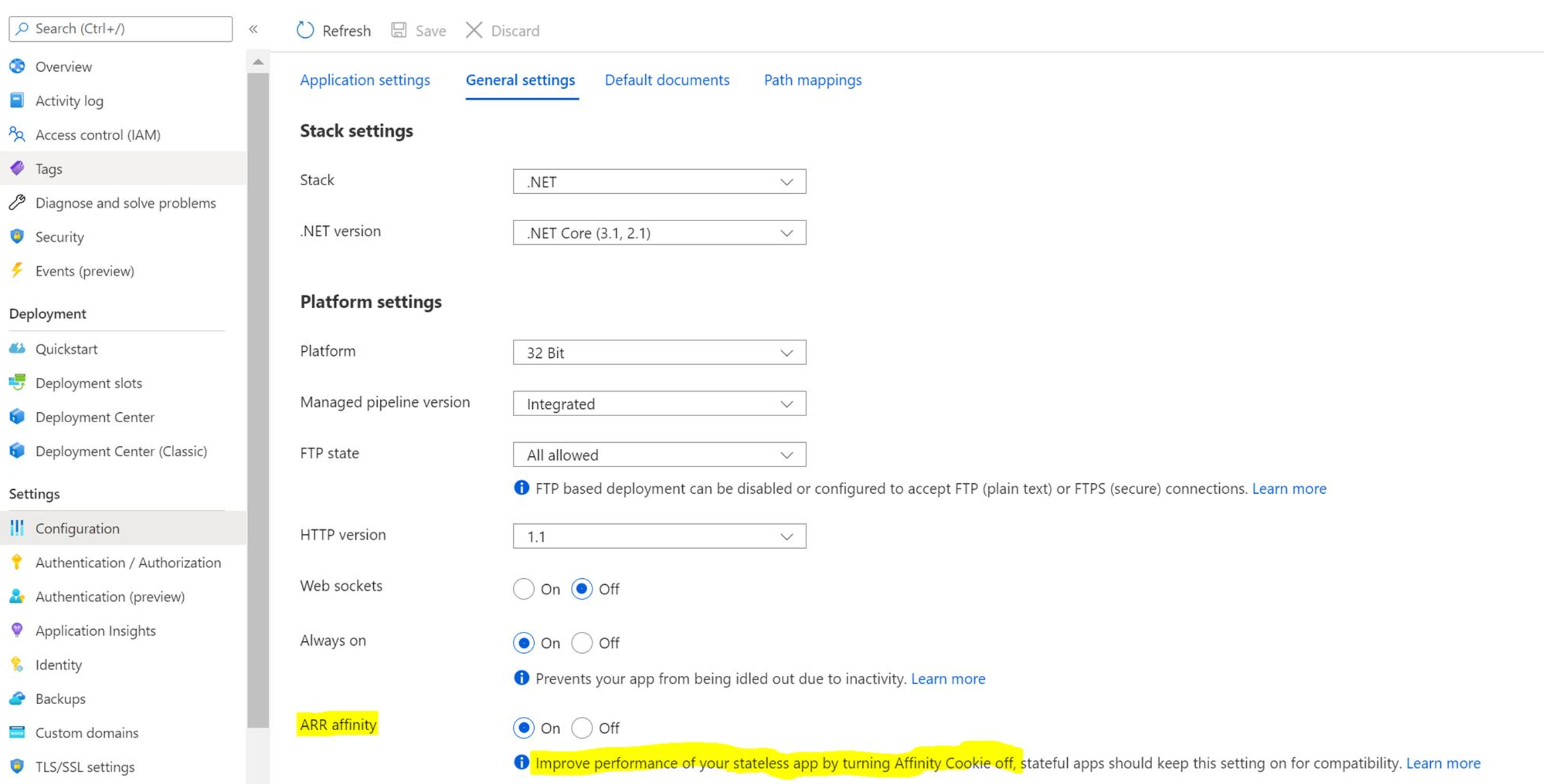When trying to Load Balance evenly between instances of a single Azure Web App, disabling ARR Affinity will accomplish this. As a PaaS service, each instance of the application is deployed with a load balancer over it.
More information on the Azure App Service architecture can be seen here, https://learn.microsoft.com/en-us/archive/msdn-magazine/2017/february/azure-inside-the-azure-app-service-architecture#:~:text=%20Inside%20the%20Azure%20App%20Service%20Architecture%20,acting%20as%20a%20proxy,%20distributing%20incoming...%20More
With that said, disabling ARR Affinity is a best practice to achieve highest uptime for your application. This will ensure that requests will be evenly distributed between instances and not overload a single instance.
More information on this and other best practices can be seen here, https://azure.github.io/AppService/2020/05/15/Robust-Apps-for-the-cloud.html#update-your-default-settings
Although ARR Affinity will help with distribution of traffic between instances, for distributing traffic between Deployment Slots or between different Web Apps requires a different solution.
For Deployment Slots, the percentage of traffic that you would like routed to each instance can be set from the Portal.

For managing traffic between apps (for example, three apps deployed to different regions), a traffic manager offering would need to be used. Traffic managing offerings such as Azure Traffic Manager, Azure Application Gateway, or Azure FrontDoor can help in these multi-app scenarios.

